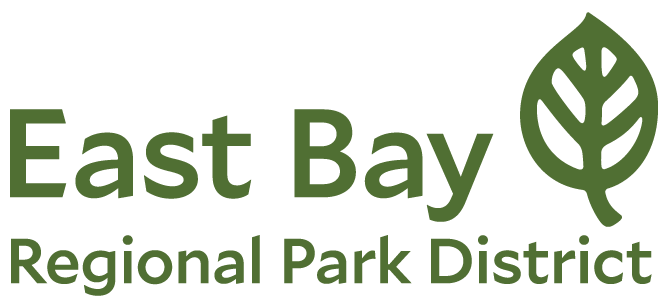Overview

The largest creek restoration project in the Park District’s history has wrapped up at Sibley Volcanic Regional Preserve and is open to the public. The Alder and Leatherwood Creek Restoration and Public Access Project (previously referred to as the McCosker Project), which began construction in 2020 restores nearly a half mile of previously culverted creek to more natural conditions, and restores riparian habitat along portions of Alder, Leatherwood, and San Leandro creeks. The 250-acre site is situated within a deep canyon of dense oak woodland at the bottom of a ridgeline of rolling grassland hills.
Funding for the project included $4 million secured by Assemblymember Rebecca Bauer-Kahan in the 2019 state budget. Additional funding came from the Park District's voter-approved Measure WW and other state and federal grants, including the U.S. Environmental Protection Agency, Wildlife Conservation Board, Coastal Conservancy, California State Parks, and by voter-approved Propositions 1, 84, and 50 through the California Natural Resources Agency to safeguard California's water.
Site Description
The restoration effort has significantly enhanced creek and riparian functions and provides numerous benefits to native and special status species in alignment with the state’s 30x30 goal of protecting biodiversity and improving climate resiliency. This site currently supports special status or protected species, including the Alameda whipsnake, San Francisco dusky-footed wood rat, golden eagle, Cooper’s hawk, loggerhead shrike, northern harrier, and white-tailed kite.
The restoration also created habitat for the rainbow trout (a native salmonid species) by creating stream corridors, using a step-pool system that incorporates a mix of cascades and resting and pocket pools in steeper areas. This newly created stream channel with riparian vegetation and pool riffle complexes, allows sediment transport, slows flows and helps reduce erosion to provide benefits to aquatic organisms and provide spawning sites for rainbow trout. In fact, a young-of-year (juvenile) rainbow trout was observed in the channel in spring 2021. Engineers designed the restoration project using fundamental concepts in fluvial geomorphology and engineering principles to meet the goal of creating a dynamically stable and self-maintaining creek channels that require a low level of adaptive management and maintenance practices.
The restoration project also addresses climate change by increasing the carbon sink, increasing flood capacity on site, removing invasive species, enhancing habitat, and adding revegetation. In support of inclusive public access, additional enhancement work includes new nature trails, and future amenity areas.
The restoration area within Sibley Volcanic Regional Preserve is open to the public. It includes an 11-car staging area off of Pinehurst Road, with trail connections for a loop trail (the McCosker Loop Trail) and trails that follow the creeks on the property. Temporary restroom facilities are available while Phase 2 of the project is underway. Phase 2 of the project includes establishing a group campsite and permanent restroom facilities.



History
When the Park District acquired the property in 2010, the creeks within the property had been buried underground in culverts to make room for the rock quarrying operations that historically took place within the property. By the time the Park District took ownership of the property, the culverts were deteriorating, creating hazardous conditions and jeopardizing the surrounding recreation areas.
Contact
Contact Project Manager Carmen Erasmus, CErasmus@ebparks.org or Senior Planner Kim Thai, KThai@ebparks.org for questions relating to the project.

